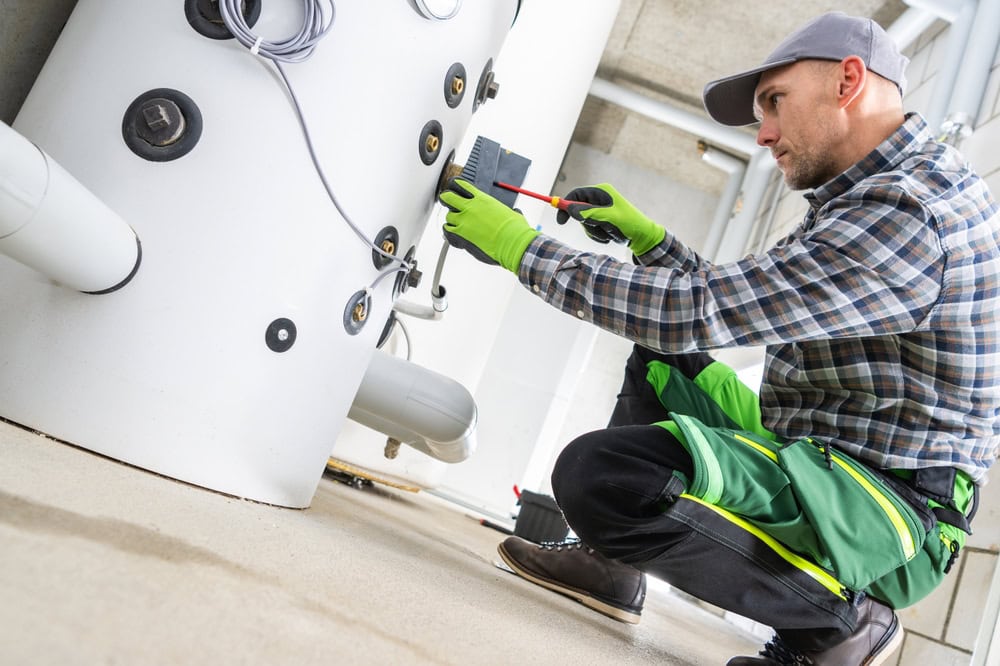The California Contractors State License Board (CSLB) has established comprehensive specialty contractor classifications to regulate and organize the construction industry. Understanding these classifications is crucial for anyone preparing for their contractor’s license exam or planning to expand their business in 2025. With recent regulatory changes and evolving industry standards, knowing the nuances of each classification has become more important than ever.
Understanding Specialty Classifications
Specialty contractors make up 52% of all licensed contractors in California, representing the largest category of licensed professionals in the construction industry. These contractors focus on specific trades or crafts, performing work that requires specialized skills and expertise. Unlike general contractors who oversee entire projects, specialty contractors concentrate on particular aspects of construction, often working as subcontractors or directly with clients on specialized projects.
The scope of work for specialty contractors is precisely defined by the CSLB to prevent overlap and ensure quality standards are maintained across all trades. Understanding these boundaries is crucial, as performing work outside your classification can result in significant penalties and potential license suspension.
Major Classification Categories
The C-10 Electrical Contractor classification represents the largest specialty group, comprising 7% of all contractors in California. This classification covers professionals who install, erect, and connect electrical devices and systems. Following closely are Painting and Decorating contractors (C-33), who make up 5% of licensed contractors and handle both interior and exterior finishing work.
HVAC contractors (C-20) form another significant group, specializing in heating, ventilation, and air conditioning systems. These professionals must understand complex mechanical systems and energy efficiency requirements that continue to evolve with California’s environmental regulations. The growing emphasis on green building practices has made this classification increasingly important in the construction industry.
Certification Requirements
Each specialty classification requires specific qualifications and experience. To qualify for any specialty license, contractors must demonstrate four years of journey-level experience within the past ten years. This experience must be verified by qualified individuals who have firsthand knowledge of the work performed.
For certain classifications like C-22 (Asbestos Abatement) and HAZ (Hazardous Substance Removal), additional certifications are required. These specialized classifications often involve stricter regulatory oversight due to the potential health and safety risks involved. Continuing education requirements also vary by classification, with some requiring annual updates to maintain certification.
Recent Legislative Changes
New regulations effective in 2025 have introduced additional requirements for specialty contractors. Assembly Bill 1204 now requires specialty contractors to subcontract only with those holding the same license classification who employ classified employees. This change aims to ensure proper licensing compliance and worker classification throughout the industry.
The legislation also introduces new reporting requirements and enhanced penalties for violations. Contractors must now maintain detailed records of all subcontractor licenses and employee classifications, subject to regular audits by the CSLB.
Choosing Your Classification
When selecting a specialty classification, consider both market demand and your expertise. The CSLB offers 42 separate C classifications, each requiring specific skills and knowledge. Before applying, thoroughly review the scope of work permitted under each classification to ensure it aligns with your experience and business goals.
Market analysis shows growing demand in certain classifications, particularly those related to energy efficiency and sustainable construction. Consider these trends when choosing your specialization, as they may affect future business opportunities.
Documentation and Examination
Each classification requires passing both the standard Law and Business examination and a trade-specific exam. Prepare thoroughly by utilizing CSLB study guides available for each classification. The examination process tests both theoretical knowledge and practical understanding of trade-specific requirements.
Success rates vary by classification, with some technical specialties showing lower pass rates. Allow adequate preparation time, particularly for classifications with more complex technical requirements.
Conclusion
The specialty contractor classification system in California provides a structured framework for construction professionals to demonstrate their expertise and operate legally within their scope of work. Success in obtaining and maintaining a specialty contractor’s license requires understanding these classifications, staying current with regulatory changes, and maintaining proper documentation of qualifications and experience.
As you prepare for your contractor’s license exam, focus on thoroughly understanding the requirements and scope of your chosen classification. Remember that the classification you choose will define your legal scope of work and business opportunities in California’s construction industry.

